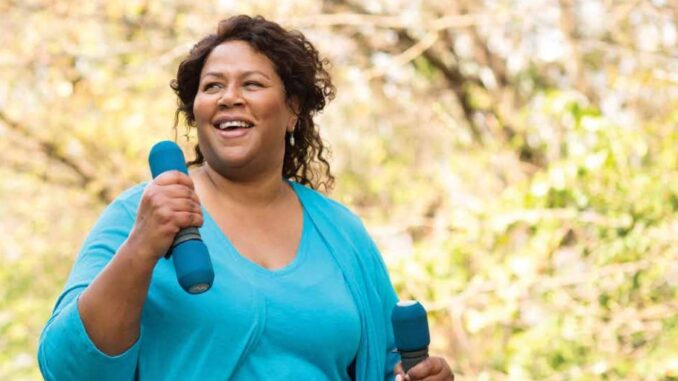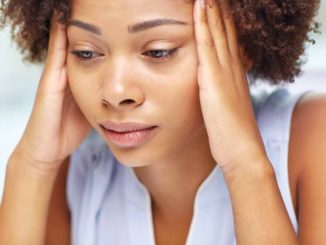
Strokes show up differently in men and women. Men are generally at a higher risk of having a stroke than women, but women tend to have more severe strokes and have a higher risk of dying from a stroke. According to the National Center for Biotechnology Information, strokes have a greater effect on women than men because women have more events and are less likely to recover, even though men have a higher age-specific stroke rate. Some of this is because there are more older women than older men and they have more years in which they are at risk for stroke.
HIGHER RISK
The UT Southwestern Medical Center lists six reasons why women are at a higher risk for stroke than men. They include postmenopausal changes (including conditions that increase after menopause such as high blood pressure, high cholesterol and diabetes), preeclampsia/eclampsia (this doubles a woman’s stroke risk for years after pregnancy), cerebrovascular disorders (aneurysms and hemorrhaging), migraines with aura, hypertension and atrial fibrillation. Hormonal differences can also be a factor. Women who take hormonal birth control may have an increased risk of stroke and going through menopause increases one’s risk due to changing hormone levels. Smoking is a stronger risk factor for women than it is for men. Race and ethnicity also play a role in a person’s stroke risks. African Americans have a higher risk of stroke than other racial groups and Hispanic women may have a higher risk of stroke than Hispanic men.
SYMPTOMS
While some symptoms are common for all stroke victims, women may experience atypical symptoms. Common symptoms include balance issues, vision problems, face drooping, arm weakness, difficulty with speech, numbness or paralysis on one side of the body, dizziness and severe headache with no known cause. Women also experience symptoms such as sudden pain in the face or limbs, hiccups, nausea or vomiting, chest pain, fatigue, shortness of breath and a racing heartbeat. Women are also more likely than men to report cognitive dysfunction. Because these symptoms are often non-specific, women can take longer to recognize that they are having a stroke. Research has shown that women take three times longer than men to seek care for stroke because they feel they can manage the symptoms. Early treatment can make a difference in how and whether a person recovers, which is why it is important for women to recognize how their symptoms might differ from the ones they are familiar with.
PREVENTION
Much of the activities related to stroke prevention are those that are common for living a healthy lifestyle. Doctors recommend eating in moderation and including leafy greens, fruits and lean meats in the diet. They also suggest moderate exercise three to four times a week. If you have high blood pressure, you should check your blood pressure daily from home and provide your doctor with the readouts. Reduce your stress levels. Engage in self-care activities such as walks with friends, meditation or yoga. Go get yourself that massage you’ve been wanting. Get routine wellness checks. Your doctor can help you identify any existing risk factors and work with you to prevent new ones from developing.


